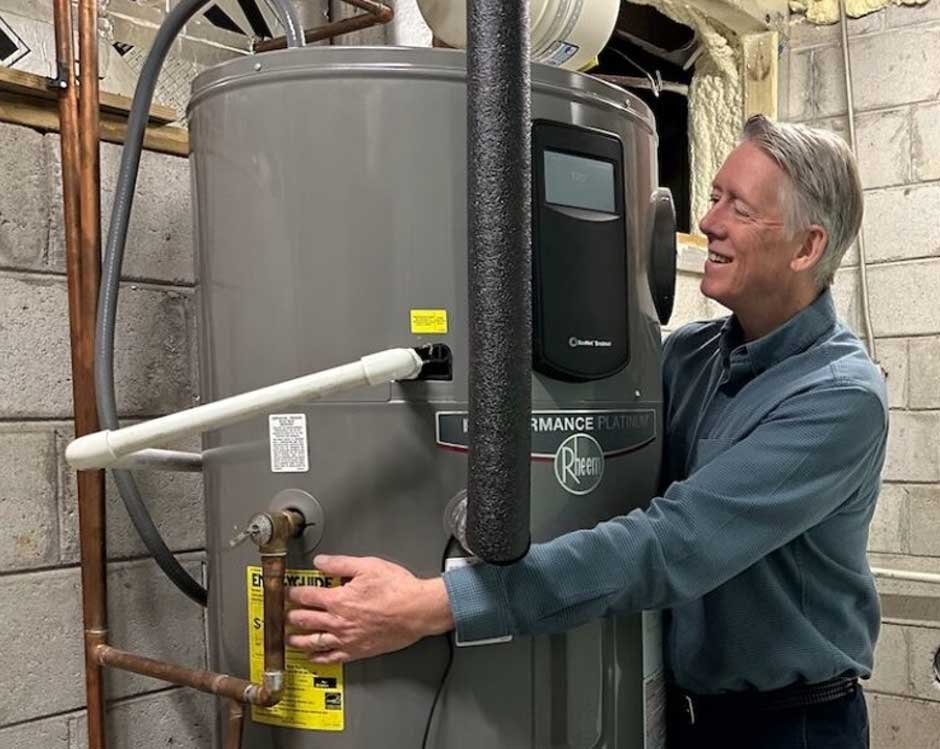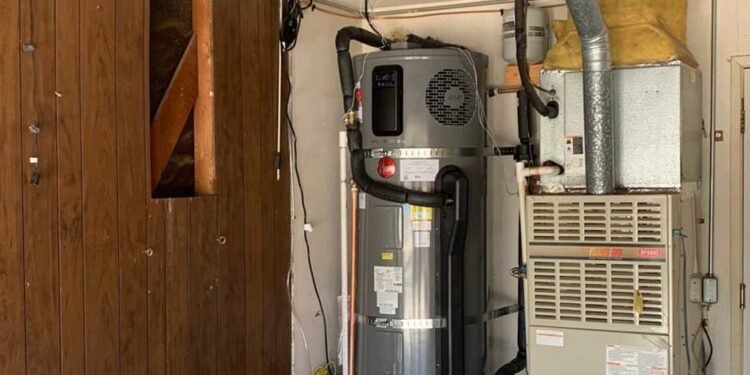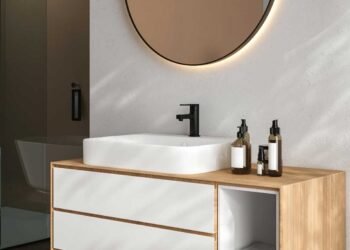So, you have been thinking about upgrading your old water heater? Well, then, you must have heard about those heat pump water heaters already. These are known as highly energy-efficient systems that can help you significantly reduce your electricity bills. And, they are certainly rather popular.
Yet, there is a new variation of this system that has recently been grabbing people’s attention. To cut right to the chase, I am talking about the plug in heat pump water heater, a device that is increasingly becoming popular among homeowners, and that you should undeniably consider yourself if you’re looking to upgrade your particular system. Of course, you won’t make any final moves before getting familiar with this device in more details.
The above means, thus, that you may have heard of this particular product already, but that you are still not quite familiar with it. That further means that you have some questions on your mind. For one thing, you want to understand what a pug in heat pump water heater actually is. And then, you want to figure out why getting this particular unit could be right for you. So, without any further ado, let us start answering those questions for you.
What Is a Plug In Heat Pump Water Heater?
It is not a surprise that we are going to begin with the most basic question here – the question of what a plug in heat pump water heater really is. After all, you have to understand what this unit is before you proceed towards getting a better idea about the benefits, and about why it is that this device could be right for your home. Let’s answer that basic question first, thus.
Basically, we are talking about a hybrid water heating system that pretty much uses electricity to move heat from the surrounding air into the actual water. But, there is one important thing to know here. This particular device doesn’t really require special high-voltage wiring. Instead, it is designed so as to plug in directly into a regular household outlet, which makes things much easier, and which is precisely why it is called “plug in”.
Here is more on these devices: https://newbuildings.org/resource/plug-in-heat-pump-water-heater-field-study-findings-market-commercialization-recommendations/
Now, how do they actually work? Basically, the plug in model, just like the traditional model, doesn’t exactly generate heat directly. Instead, it pulls it from the surrounding air with the help of a small compressor and refrigerant system. Thus, because it moves heat instead of creating it, there is no doubt that it is highly energy efficient. Given that the plug-in model is designed so as to work with a regular outlet, that makes the device even more energy efficient.

Why Get It?
Having understood what this device is and how it works, you are now most probably wondering why getting it for yourself may be a good idea. And, well, that is what we are going to discuss right now. As you will quickly see, it is not a surprise that these are becoming a top choice for homeowners, given that they come with numerous benefits.
For one thing, there is the benefit of that additional energy efficiency. This means that you can significantly lower your energy bills when you switch to this plug in model. And, as we all know, energy bills constitute a large percentage of our overall household spending, which is why lowering them is undoubtedly a smart move.
Furthermore, homeowners love these devices because they are rather easy to install. The plug in models eliminate most of the complexity that comes with the process of installing the traditional heat pump water heater. This is because they run on those standard 120V outlets, meaning you can install one of these without the costly electrical work, which also makes them ideal for older homes in which panel space may be limited. Go here to read more about living with a heat pump water heater in general.
In addition to all of this, these units are known for being highly durable, as well as compact and flexible. They will last for a long time. And then, their compactness and flexibility makes them suitable for tight and for shared spaces. You can, therefore, put it in a laundry room, a utility closet, a garage, a basement… Wherever you decide.
Finally, you may also want to take into account the fact that there are some rebates and tax incentives that you could use to your advantage and thus pay a lower price for the actual unit you are buying. So, this may be an added benefit that you should consider when trying to decide whether you want to get this particular device or not. After all, you could save a lot of money, while getting a highly energy efficient and durable product.












